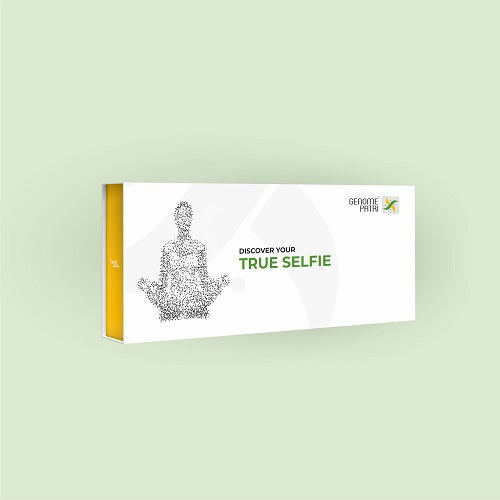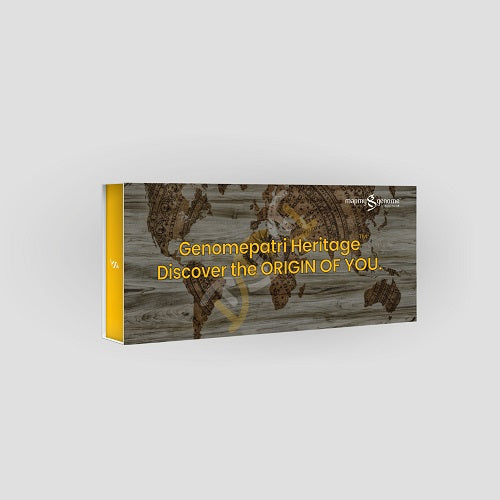DNA- The Incredible Code Within You and Every Living Thing
DNA: The Incredible Code Within You (and Every Living Thing!)
"DNA is like a computer program, but far, far more advanced than any software ever created."
-Bill Gates, Founder Microsoft
Do you ever wonder what makes you you? Why you have your mom‘s eyes or your dad‘s laugh? The answer lies in a tiny, twisted molecule called DNA. It‘s like a super-detailed instruction manual for building and running a living organism.
DNA 101: The Full Form and Basic Structure
DNA stands for deoxyribonucleic acid (say that five times fast!). It‘s found in nearly every cell of your body, tucked away in the nucleus. Think of the nucleus as the cell‘s command center, and DNA as the most important document stored there.
Here‘s a breakdown of its structure:
- The Double Helix: DNA is famous for its twisted ladder shape, called a double helix. It‘s like two strands of pearls wrapped around each other.
- Building Blocks: Each "pearl" is a chemical unit called a nucleotide. There are four types: adenine (A), thymine (T), guanine (G), and cytosine (C). They always pair up in a specific way: A with T, and G with C.
- The Code of Life: The order of these A, T, G, and C pairs is what makes up the genetic code. It‘s like an alphabet, but instead of forming words, it tells your cells how to build proteins – the workhorses of your body.
The Scientific Pioneers Behind DNA‘s Discovery
The story of DNA is a story of collaboration, discovery, and sometimes even controversy. Here are a few of the key players:
- Friedrich Miescher: This Swiss scientist first isolated DNA from white blood cells in 1869, calling it "nuclein."
- Rosalind Franklin: Her X-ray images of DNA were crucial in helping James Watson and Francis Crick deduce the double helix structure. Sadly, her contribution was not fully recognized during her lifetime.
- James Watson and Francis Crick: This duo is most famous for their 1953 model of the DNA double helix, which revolutionized our understanding of genetics and earned them a Nobel Prize.
- Har Gobind Khorana: An Indian-American scientist, Khorana was awarded a Nobel Prize for his work on deciphering the genetic code, which explains how DNA sequences translate into proteins.
Fun DNA Facts
- All Connected: If you were to uncoil all the DNA in a single human cell, it would stretch out to be about 2 meters long! And if you uncoiled ALL the DNA in your body, it would reach to the sun and back multiple times.
- Ancient DNA: Scientists have extracted DNA from ancient human remains, including those found in India. This has helped us understand our ancestors and how humans migrated across the globe.
- Unique You: Except for identical twins, no two people share the exact same DNA sequence. That‘s why DNA profiling is so useful for solving crimes!
- DNA and Food: Have you heard of genetically modified (GM) crops? Scientists can alter the DNA of plants to make them more resistant to pests or drought. This is a topic of debate in India and around the world.
Indian Contributions to DNA Research
Indian scientists have made significant contributions to the field of genetics and DNA research. For example, Dr. Lalji Singh, often called the "Father of DNA Fingerprinting in India," pioneered the use of DNA profiling for forensic investigations and wildlife conservation.
The Future of DNA
DNA research is constantly evolving. Scientists are exploring ways to use DNA to diagnose and treat diseases, develop personalized medicine, and even create new forms of life! Who knows what the future holds for this incredible molecule.
Let‘s Wrap It Up
DNA is the blueprint of life, the hidden code that makes us who we are. It‘s a fascinating subject, and there‘s so much more to learn! If you‘re curious, I encourage you to do some research and discover more about the wonders of DNA. Perhaps get a #Genomepatri done ?

